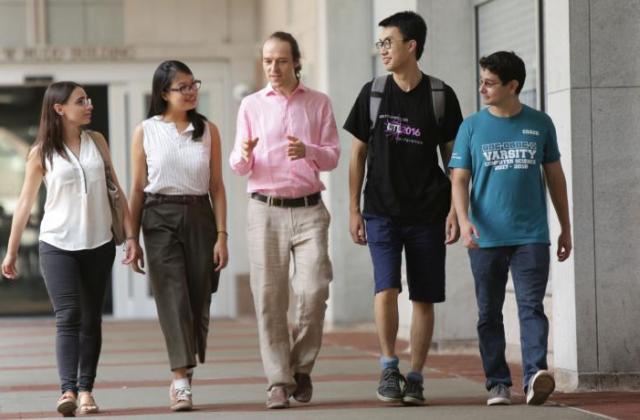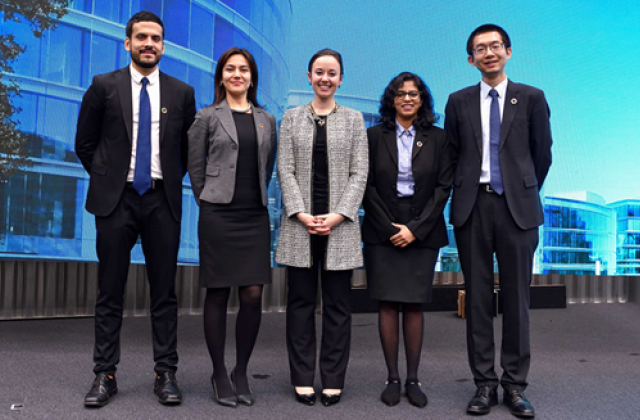Robotic Neck Brace Helps People with ALS

A revolutionary robotic neck brace may vastly improve the lives of people with Amyotrophic Lateral Sclerosis (ALS). This data-informed brace, developed by Columbia researchers, is the first of its kind shown to dramatically assist people with ALS in holding up and moving their heads.
Known as Lou Gehrig’s disease, ALS is a neurodegenerative disease in which a person’s muscles progressively stop working, leading to limb paralysis and respiratory failure. Muscles around the head and neck weaken, resulting in head drop—where the chin rests on the chest—and then difficulty breathing, swallowing, and speaking.
Currently available neck braces are often uncomfortable and turn ineffective as the disease progresses. The braces are static, so they cannot accommodate a person’s movements. But this novel brace is more dynamic, with a range of motion close to 70 percent that of the human head. So as not to depend on weak neck muscles, the patient can also move the brace with a joystick.
Columbia’s Robotics And Rehabilitation (RoAR) Lab created this promising brace by placing infrared markers on subjects' heads and shoulders. They then used motion capture technology to track people’s movement patterns. That data optimized the design of the neck brace prototype.
The RoAR Lab focuses on building innovative robots and methods to help humans relearn, restore, or improve functional movements. Alongside ALS, the Lab has developed treatments for stroke, cerebral palsy, spinal cord injury, Parkinson’s disease, and other diseases or injuries that impact many people’s lives. Learn more.
Make Your Commitment Today




